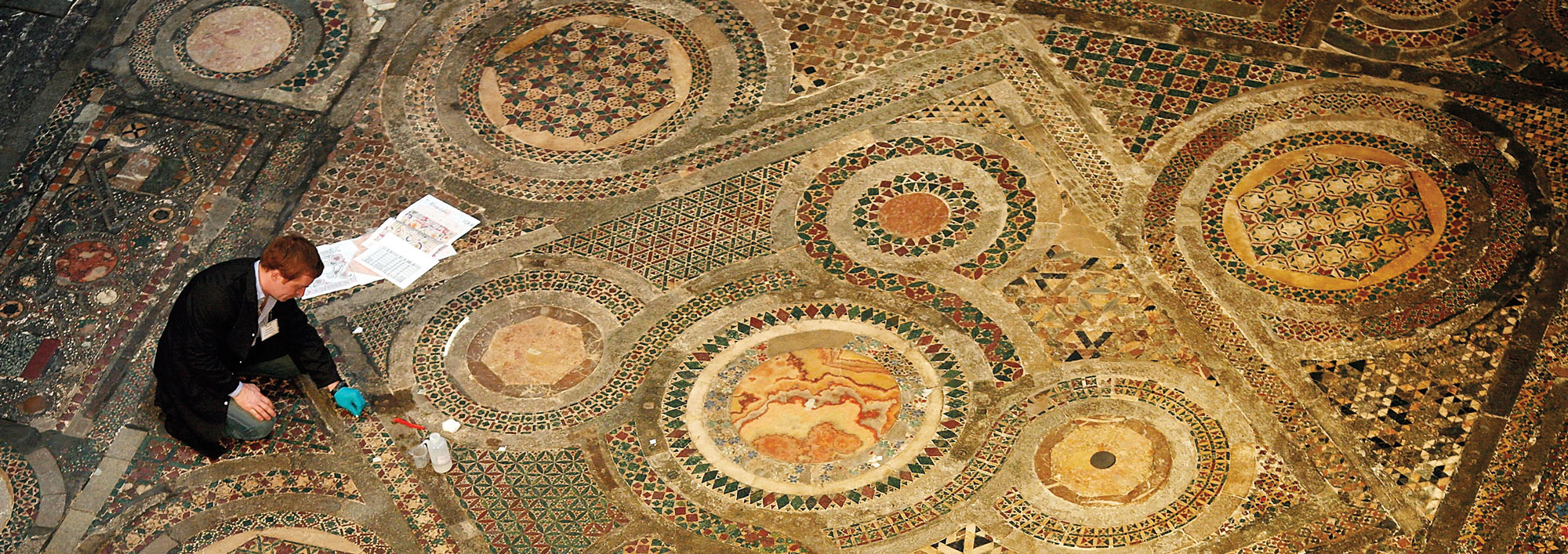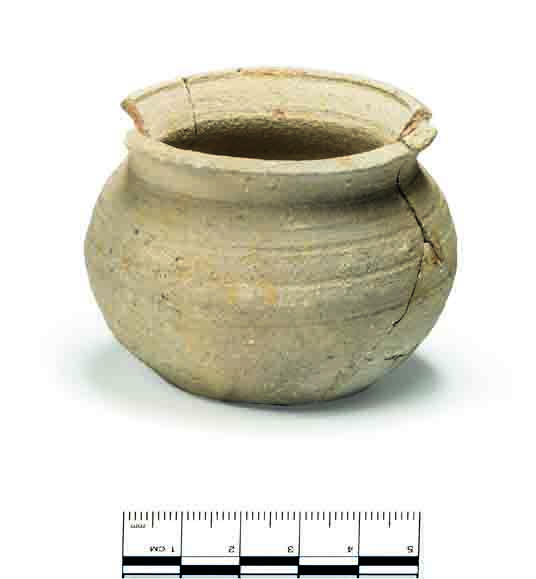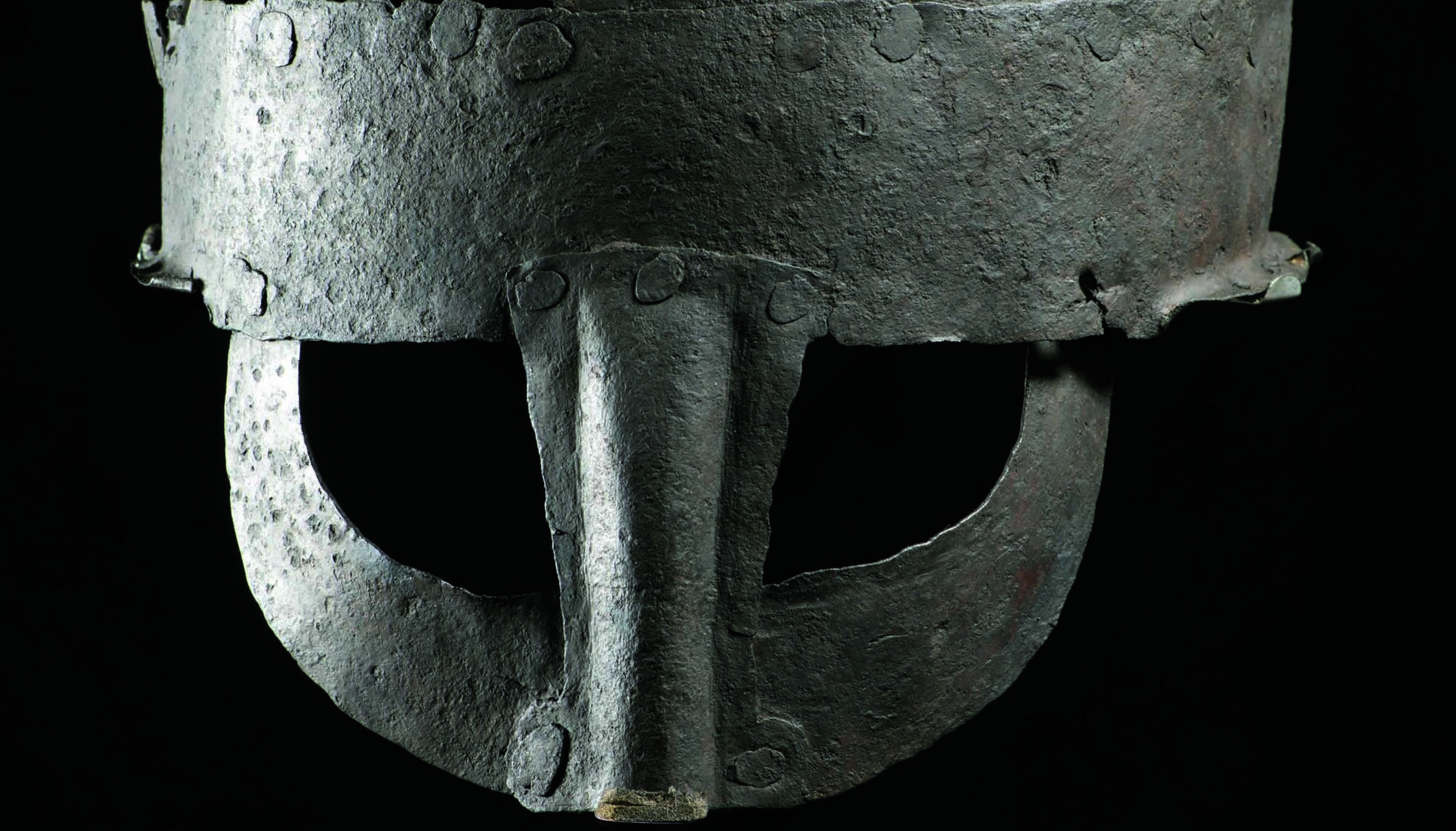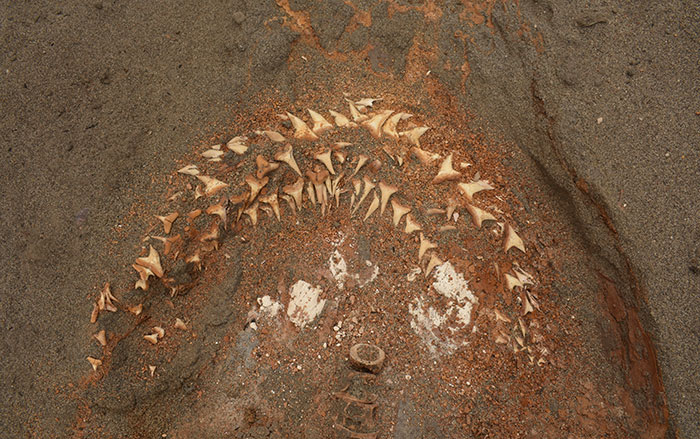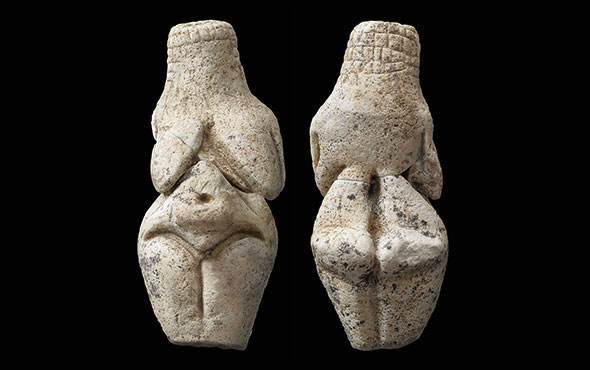
EXETER, ENGLAND—According to a statement released by the University of Exeter, an examination of bones and bone fragments led by archaeologist Oliver Creighton indicates that arrows shot from medieval longbows inflicted small entry and large exit wounds similar to those caused by modern bullets. The arrowheads that caused this damage may have been the “bodkin” type, which were square- or diamond-shaped and designed to pierce armor, Creighton explained. The bones, which were unearthed at a Dominican friary in southwest England, are thought to be the remains of warriors killed in battle at other locations. Their bones were later honored with reburial in holy ground. Creighton and his colleagues identified an arrow puncture wound at the top of the right eye in a cranium dated to the early fifteenth century, with an exit wound at the back of the head. Creighton suggests the arrow had been spinning clockwise, and was thus fletched with feathers. Another puncture wound was found in a right tibia, at what would have been the top of the knight’s calf. This bone was dated to the fourteenth century. Removing an arrow’s shaft from an injured person probably would have caused additional damage, Creighton noted. The study could help archaeologists identify longbow wounds in the archaeological record. To read about arms used throughout history, go to "Weapons of the Ancient World."


